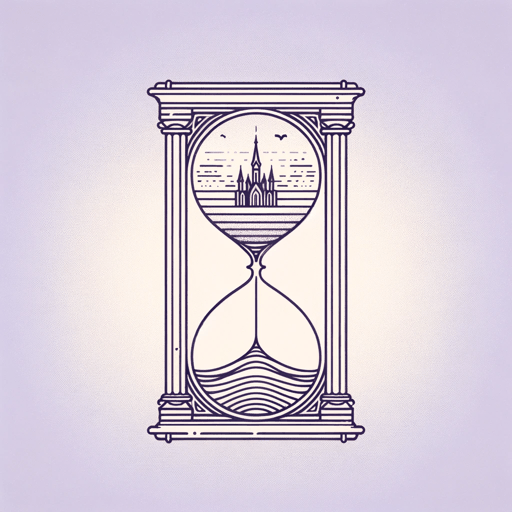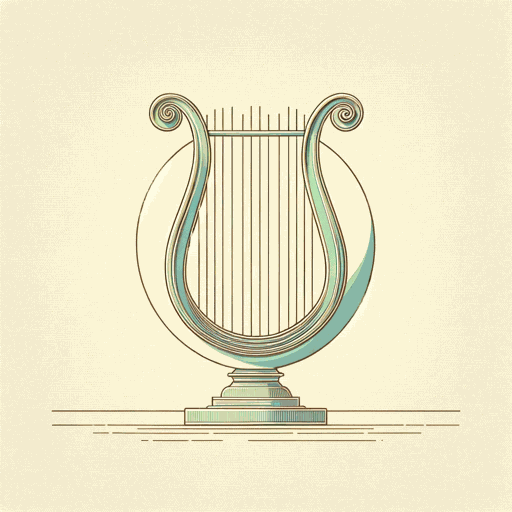22 pages • 44 minutes read
Thomas GrayOde on a Distant Prospect of Eton College
Fiction | Poem | Adult | Published in 1768A modern alternative to SparkNotes and CliffsNotes, SuperSummary offers high-quality Study Guides with detailed chapter summaries and analysis of major themes, characters, and more.
Background
Literary Context
Thomas Gray’s “Ode on a Distant Prospect of Eton College” is one of many diverse poems from the 1700s. The poem’s theme links to works by 18th-century poets like Alexander Pope and Jonathan Swift. Gray’s contempt for adults relates to Pope’s “An Essay on Man” (1732-34), where Pope describes humans as “so weak, so little, and so blind.” Like Gray’s adults, Pope’s humanity is neither great nor pure. Swift, too, often mocked the adult world. In “A Description of a City Shower" (1710), Swift describes a world as treacherous and terrible as Gray’s adults, with “dung, guts, and blood.” In terms of diction, Gray’s poem reflects the 18th-century’s commitment to refined, poetic words, like “ye,” “thou,” and “alas.”
Unlike works by Pope, Swift, Charles Churchill, and other 18th-century poets, “Ode on a Distant Prospect of Eton College” is neither satirical nor explicitly political. Gray does not mock adults the way Churchill does in "Night" (1761), and he does not describe the atrocities of adults through a discussion of politics. Rather, Gray's poem is earnest and personal; it expresses his beliefs on the joys of childhood and his impressions of the difficult processes involved in growing up.
Related Titles
By Thomas Gray



